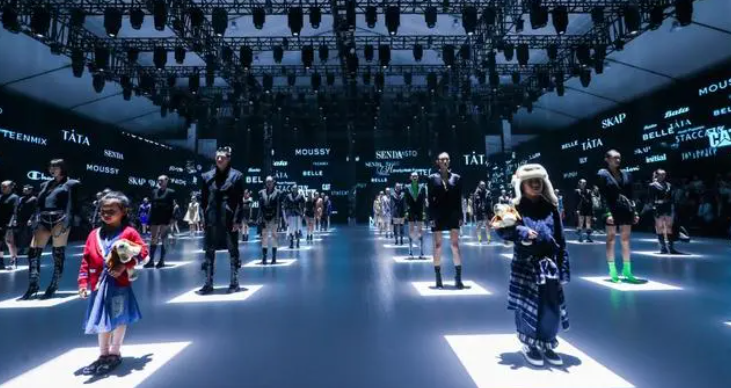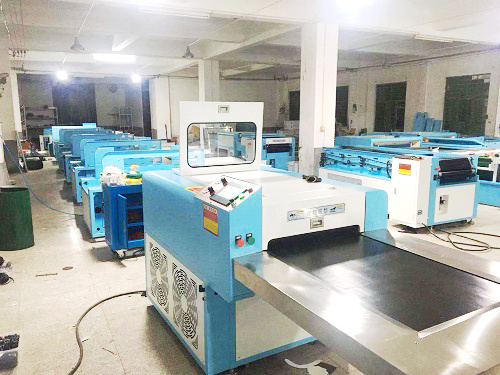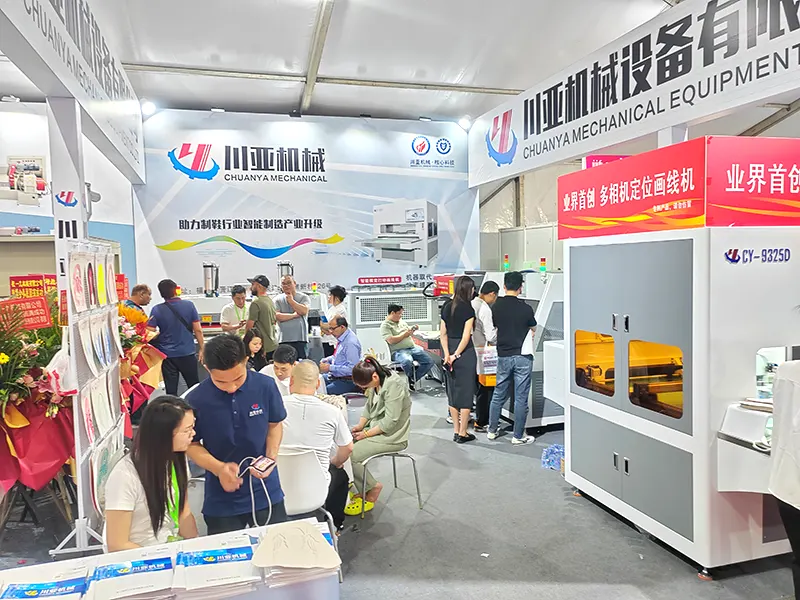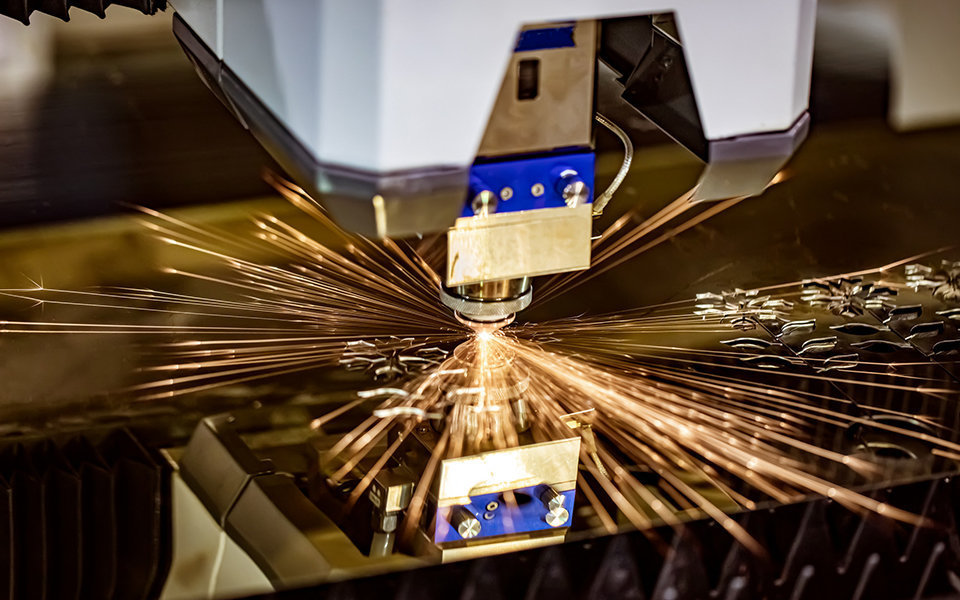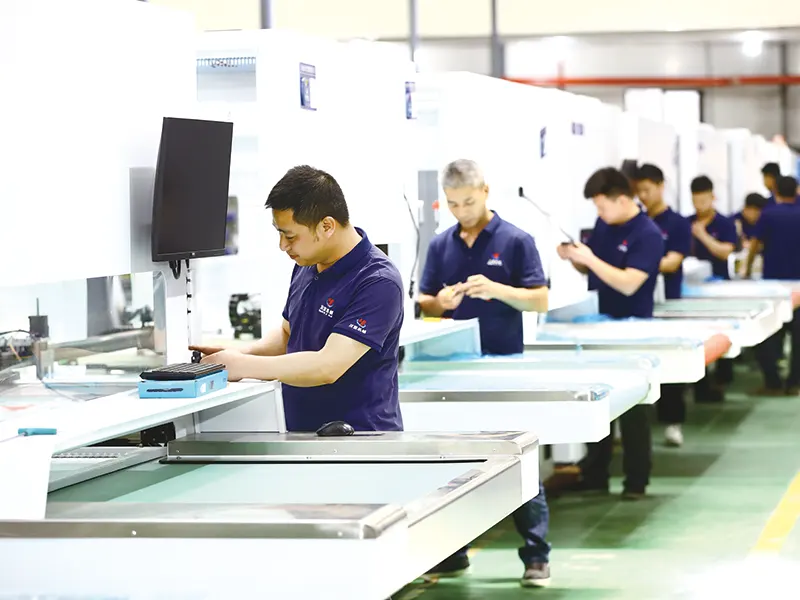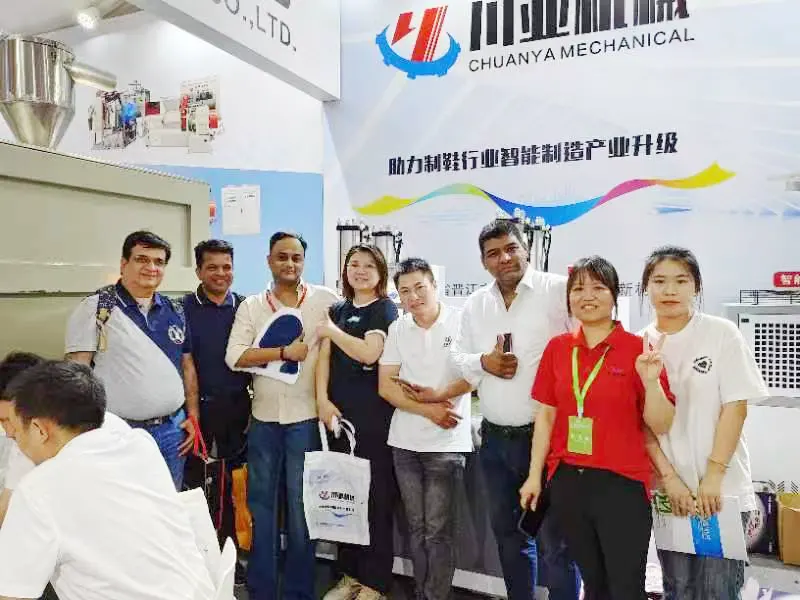The 40-year-old "Shoe King" wants to return to the Hong Kong Stock Exchange: Belle does not want to only sell shoes, and has already deployed many clothing brands around the world
Release time:
2024-05-10
Seven years after delisting, the "shoe king" Belle is back. On March 1, Belle Fashion once again submitted an IPO application to the Hong Kong Stock Exchange, with Bank of America Securities and Morgan Stanley as the company's IPO joint sponsors.
"The king of shoes" Belle wants to return to the Hong Kong Stock Exchange.
Recently, Belle Fashion Group (hereinafter referred to as "Belle Fashion") officially submitted a prospectus to the Hong Kong Stock Exchange, intending to be listed on the main board, with Bank of America and Morgan Stanley serving as joint sponsors.
According to the prospectus, as of February 29, 2020, February 28, 2021, and the nine months ended November 30, 2021, Belle Fashion's revenue was 20.114 billion yuan, 21.737 billion yuan and 17.627 billion yuan respectively. The net profit was 1.665 billion yuan, 2.616 billion yuan and 2.297 billion yuan respectively.
Belle Fashion successfully landed on the Hong Kong Stock Exchange in 2007, but was privatized by Hillhouse Capital due to years of poor performance. In recent years, Belle Fashion has been striving to change and continue to write new capital stories.
It is worth noting that, according to the prospectus, the funds raised by Belle Fashion's IPO will be used to further develop the brand and product portfolio, as well as invest in technological initiatives and accelerate digital transformation of the business, and part of the funds will be used to repay short-term Bank loan.
Get rid of the "shoe king" label
In 1981, Belle Fashion was established in Hong Kong, formerly known as "Lihua Shoes"; in the 1990s, Belle Fashion shifted its business focus to the mainland market, and its scale continued to expand. By the end of 2006, it became China's largest women's shoe retailer in terms of retail sales; A year later, Belle Fashion successfully landed on the Hong Kong Stock Exchange as "Belle International" under the operation of Hillhouse Capital, with infinite scenery.
But the good times did not last long. Around 2013, Belle Fashion, which was hit by e-commerce, gradually disintegrated its dominant position, and the sales of footwear business continued to decline. In July 2017, Belle announced its delisting from the Hong Kong Stock Exchange. The founder Deng Yao and Shi Sheng Baijiao (current chairman), who is the CEO, cashed out 10 billion yuan. At that time, Belle's market value had dropped from HK$150 billion at its peak to HK$53.1 billion.
Two years after privatization, in October 2019, Belle spun off its holding sports brand Taobo (06110.HK) for listing. In recent years, the sports brand business has been on the rise, and Taobo Xianxing has been able to go public first. At that time, Taobo issued about 930 million shares globally, priced at HK$8.5 per share, and raised a total of about HK$7.622 billion.
As of the noon break on March 22, 2022, Taobo is HK$6.21 per share.
Looking back on Belle's 40-year development, she has experienced many turns. In 2009, Belle Fashion established an e-commerce platform "Taoxiu.com", and then in 2011, it invested heavily in the establishment of a footwear B2C platform "Yougou.com", trying to counter third-party e-commerce channels by building its own e-commerce channels. But it didn't work.
After the failure of the e-commerce transformation, Belle Fashion tried to find a "second curve" to broaden the brand boundaries with diversification.
Over the years, Belle has successively acquired the niche fashion brand "Initial", the light luxury women's shoe brand "73hours" and the high-heeled shoe brand "7or9", and won the distribution rights for international brands such as Champion. On December 6 last year, Belle also completed a strategic investment of nearly 100 million yuan in the emerging local yoga clothing brand MAIA ACTIVE, which focuses on emerging consumer brands that design yoga and other sports clothing that fit the Asian body shape.
Belle Fashion has achieved multi-category and multi-brand coverage to a certain extent, and strives to get rid of the "shoe king" label. According to the prospectus, as of now, Belle Fashion has owned 20 private brands and cooperative brands with diverse layouts, covering women's shoes, men's shoes and children's shoes, as well as clothing, bags and accessories. There are 13 private brands and 7 Cooperative brand composition.
Although the business is diversified, the footwear business is still an important source of performance for Belle, accounting for a large proportion of the overall revenue. For the nine months ended November 30, 2021, Belle's fashion footwear business revenue was 15.263 billion yuan, accounting for 86.6% of total revenue; apparel revenue was 2.364 billion yuan, accounting for 13.4% of total revenue.
According to Frost & Sullivan, Belle Fashion ranked first in the fashion footwear market in China with a market share of 11.2% in terms of retail sales in 2020.
Inventory pressure increases
Today, Belle Fashion's online and offline channel revenue is still very different.
According to the prospectus, as of November 30, 2021, Belle Fashion's offline marketing channel revenue was 13.122 billion yuan; online marketing channel revenue was 4.505 billion yuan, accounting for 74.4% and 25.6% of operating income respectively.
Among them, offline marketing channel revenue mostly comes from direct-operated stores, and online channels are mainly Tmall, Vipshop, JD.com, Douyin and other platforms. According to the data, Belle has a total of 9,153 directly-operated stores in China, covering 337 cities in 30 provinces, as well as Hong Kong and Macau. It is the largest directly-operated fashion footwear and apparel retail network in China.
The continuous investment in offline retail channels will inevitably involve costs.
As of November 30, 2021, Belle fashion leasing related expenses were 2.41 billion yuan, accounting for 18.4% of offline sales revenue during the corresponding period. "Overall, joint venture and leasing expenses account for a huge proportion of our operating expenses, and changes in leasing-related expenses as a percentage of offline sales revenue will continue to affect our operating performance." Belle Fashion admitted frankly in the prospectus.
Based on this, Belle Fashion tries to optimize the sales network. In the prospectus, Belle Fashion focuses on the "ordering, replenishing, and repeating" product management model and DTC (direct-to-consumer) retail model, and plans to create an omni-channel through the combination of offline stores, online e-commerce and social media platforms across the country retail network.
Wang Chengzhi believes, "Anta, for example, also relies on the DTC model to achieve part of the group's growth. From the perspective of implementation, whether this model can become a 'good medicine' for Belle Fashion depends on whether it can gain a deep insight into consumers."
At the same time, Belle Fashion still has inventory pressure. As of February 29, 2020 and February 28, 2021, Belle Fashion's inventory was 3.746 billion yuan and 3.668 billion yuan, respectively. As of November 30, 2021, the inventory increased to 4.671 billion yuan, and the average inventory turnover days were 188.1 days.
As Belle said, the IPO proceeds will be used to repay short-term bank borrowings. At present, as of the latest practicable date, Belle Fashion has about HK$3.796 billion in short-term bank loans and will likely seek other external debt financing.
Liabilities are also under pressure. Its net current liabilities for the years ended February 29, 2020, February 28, 2021, and the nine months ended November 30, 2021 were RMB 298 million, RMB 2.597 billion, and RMB 1.386 billion, respectively. As of the end of February 2021, Belle Fashion's asset-liability ratio was 85.78%.
Keywords:







